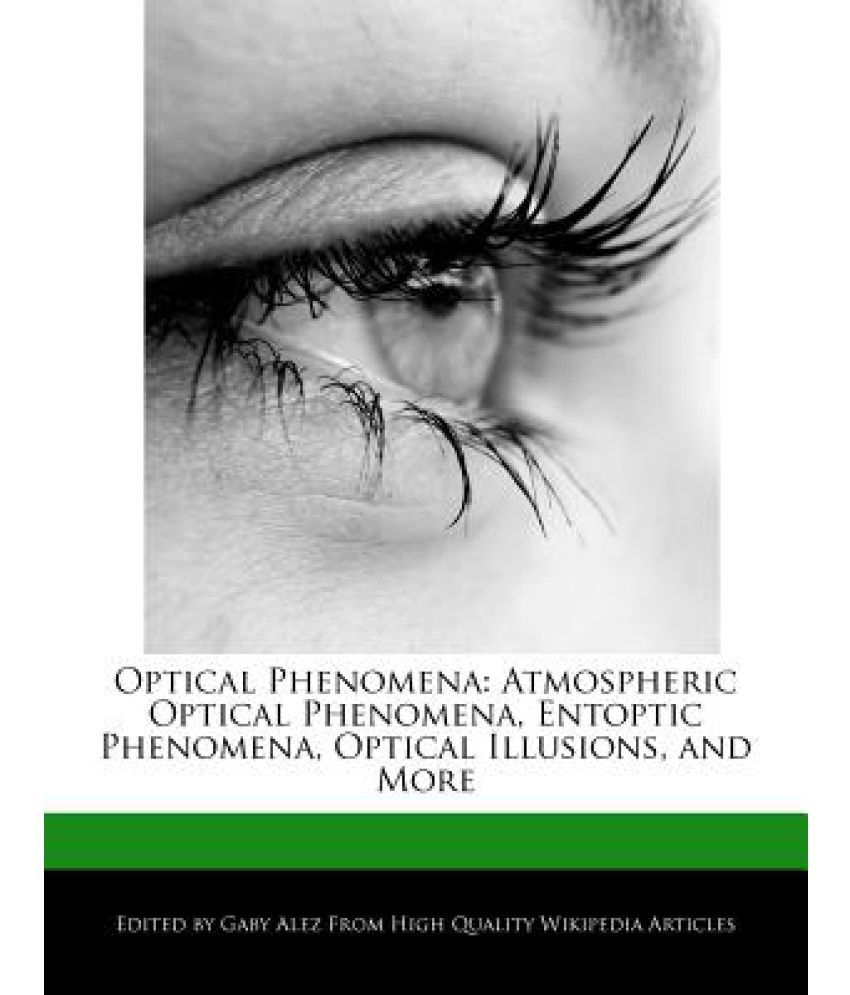

But the resulting garden beds will dry out more quickly and may be too warm for cool loving vegetables-at least in the summer. Placing new garden beds on the south side of structures and stone walls, (the north side in the southern hemisphere,) or creating raised beds, are all great ways to create warm microclimates. One of five classifications of the Earth’s climates: tropical, dry, mild, continental, and polar.

Upland areas have a specific type of climate that is notably different from the surrounding lower levels. What are the different types of microclimates? … Scientists who specialize in this field are called climatologists. This field of science focuses on recording and analyzing weather patterns throughout the world and understanding the atmospheric conditions that cause them. What is a climatologist?Ĭlimatology is the study of the atmosphere and weather patterns over time. Mesoclimate is described as the climate of a site as influenced by elevation, aspect, slope or distances from large bodies of water. … All these influences go into “making” the microclimate. A microclimate may differ from its surroundings by receiving more energy, so it is a little warmer than its surroundings. Microclimates are caused by local differences in the amount of heat or water received or trapped near the surface. Topography, large bodies of water and urban areas are three things that can create microclimates on a large scale. What are 3 things that can create microclimates? Microclimates exist, for example, near bodies of water which may cool the local atmosphere, or in heavy urban areas where brick, concrete, and asphalt absorb the sun’s energy, heat up, and re-radiate that heat to the ambient air: the resulting urban heat island is a kind of microclimate. Microclimates are shaped by the land, soil, water, and plants. Microclimates are small areas where the weather is different than the areas that surround them. What is the difference between macro climate and micro climate?.What is the difference between microclimate and Macroclimate?.What skills do you need to be a climatologist?.What are the different types of microclimates?.

What are 3 things that can create microclimates?.


 0 kommentar(er)
0 kommentar(er)
